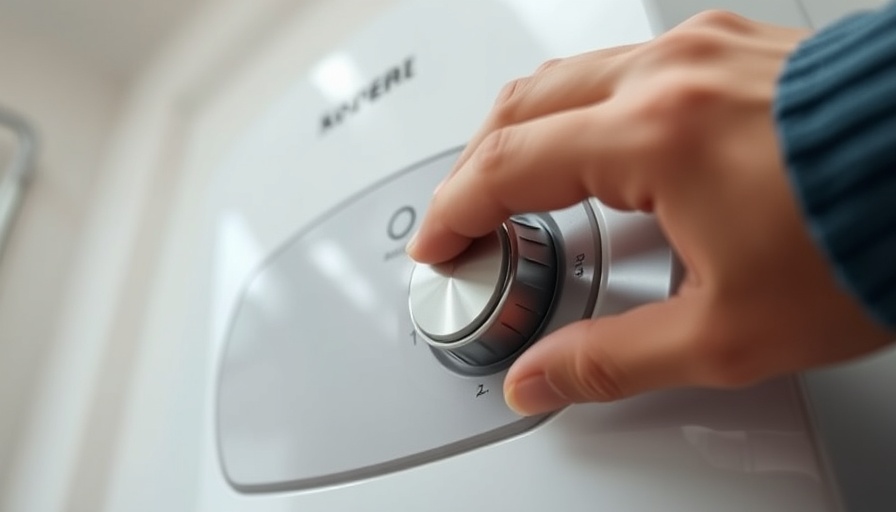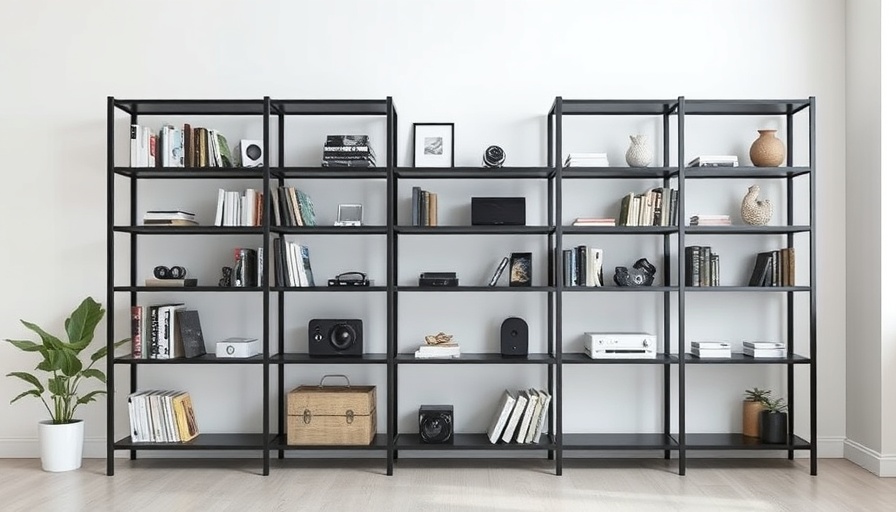
Understanding Your Water Heater's Pilot Light
The pilot light is the unsung hero of your water heater, ensuring that hot water is available whenever you need it. For homeowners, dealing with a stubborn pilot light can be a frustrating ordeal, especially during winter months when warm water is essential. If you’ve found yourself repeatedly relighting your water heater’s pilot light, it’s crucial to understand what may be causing this issue and how you can remedy it without calling a professional.
Why Does the Pilot Light Go Out?
Understanding why a water heater pilot light won’t stay lit is the first step towards solving the issue. Below are several common culprits that can contribute to pilot light issues, along with practical DIY solutions.
1. Thermocouple Troubles
One primary reason for a pilot light going out is a malfunctioning thermocouple. The thermocouple is a safety device that senses whether the pilot light is on and prevents the gas valve from opening if it is not. If your pilot light goes out frequently after you have relit it, inspect the thermocouple. While replacing it generally requires professional advice, cleaning it with sandpaper can often solve minor issues. Always ensure the gas supply is turned off before performing any maintenance.
2. Air Supply Shortage
Another common issue is insufficient combustible air. Water heaters require a steady flow of air to maintain the pilot flame. Check the surrounding area for debris or lint blocking vents, and ensure your heater is installed in a sufficiently ventilated area to promote efficient combustion.
3. Clean the Pilot Tube
A clogged pilot tube can also disrupt the pilot flame. This narrow tube channels gas to the pilot light, and if it’s filled with dust or debris, it can lead to a weak flame that flickers out. Using a slender needle to carefully clear any blockage can effectively restore your system's functionality.
4. Inspect the Main Control Valve
While less common, issues with the main control valve can cause pilot light problems. This valve is responsible for regulating gas pressure and flow to the heater. If you have checked other components and the problem persists, it may signal a malfunctioning valve that requires professional replacement.
5. Beware of Wiring Issues
Electrical wiring problems can also contribute to pilot light issues—particularly in appliances that rely on electric ignition systems. If your heater has wiring connections that are loose or damaged, a technician should examine them to prevent further issues.
Taking Proactive Steps
Regular maintenance can go a long way. Homeowners should schedule inspections at least once a year to check for any potential issues that could compromise their water heater’s efficiency. Simple actions like regularly cleaning around your water heater can preempt many pilot light problems.
Empowering Your DIY Skills
Fixing pilot light issues can often be tackled with a bit of knowledge, courage, and DIY effort. Understanding the components and common issues allows homeowners to feel empowered and more in control of their home maintenance. Connecting with your water heater system not only saves time and money but also enhances your overall home wellness.
You don't have to suffer the inconvenience of a cold shower again! Armed with this information, take action today: clean, inspect, and maintain your water heater's components regularly. For further information about how to maintain a healthy home environment, consider exploring resources on other essential home maintenance topics.
 Add Row
Add Row  Add
Add 




Write A Comment